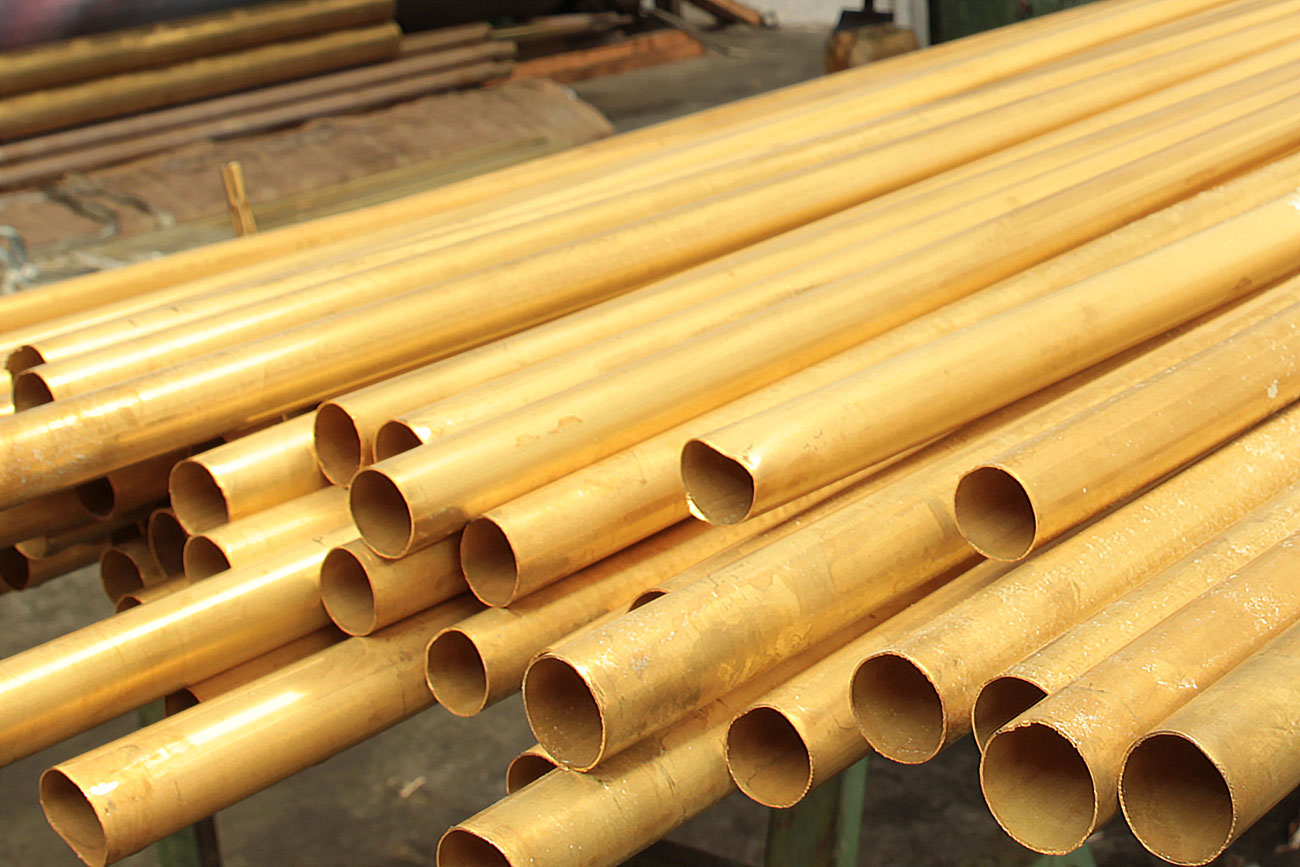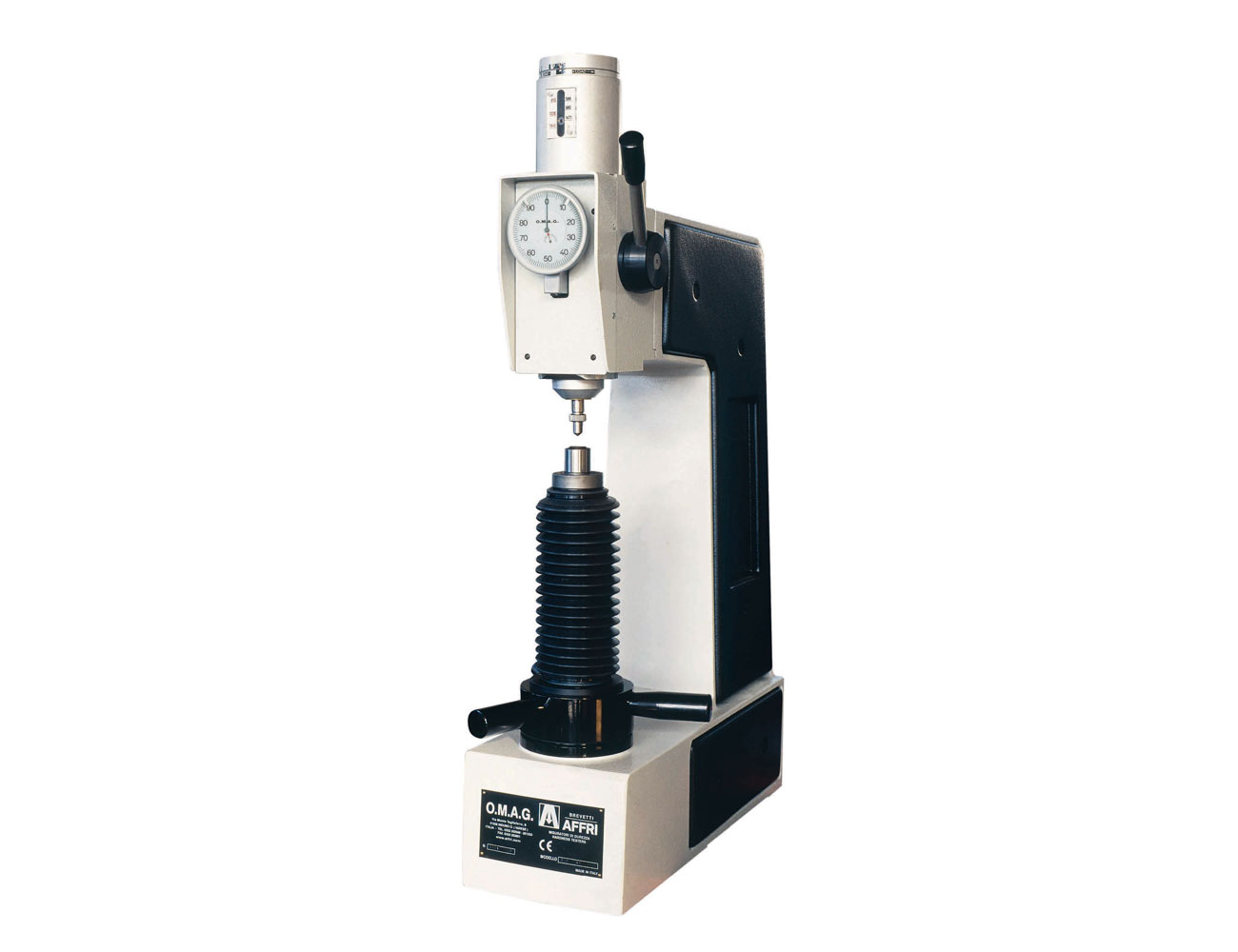Raw material
Brass, a copper and zinc alloy, is used in a wide range of fields, such as music (owing to its excellent acoustic properties), building, bedroom and living room furniture (especially beds and chandeliers), bathroom furniture (such as tap fittings), ammunition (owing to its lubricating and ductility properties), and even fashion (owing to its malleability and shiny surfaces).
The main alloy our manufactures are made of is CuZn37 (CW508L), since it is a remarkable compromise between good properties (such as low conductivity, bending resistance and allowable stress) and competitive price.

Quality and innovation
Raw material is the key to achieve high-quality semi-finished products. Beside a high purity of copper and zinc, raw material has to be also manufactured in a proper manner to prevent from the following issues: on one hand cracks and fissures are to be avoided, where superficial impurities (the so-called “cold drops”) lead to deep scratches on drawn tubes; on the other hand blowholes are to be prevented, that are tiny cavities within the material that cause not only an antiaesthetic superficial effect, but require multiple polishing activities, and in the worst scenario can lead to future cracks within the final products.
As to furniture, where shiny surfaces are mandatory, pickling and high-quality lubricants (selected among the most advanced European chemical factories) are combined. All the equipment and machines are regularly renewed in order to improve the drawing process: materials in widia are foreseen (that is made of tungsten carbide and cobalt binder), since it allows to achieve a precise tube calibration even in case of high quantities.
Since 2014, no lead material is allowed in the U.S.A. for all those applications related to drinking water due to health concern. On the ground of the instance of the U.S.A, many other countries all over the world have imposed the same restrictions. As a matter of fact, the most recent scientific researches have pointed out the harmful effect of lead on health. During the last years, this approach has been duplicated by many respectable companies in fashion and furniture and they have eliminated any lead trace from brass materials.
However, no-lead alloys are hardly mouldable since lead, even in very low concentration, assures homogeneity and stability among the main elements of the alloy (that are copper and zinc). The absence of lead leads both to issues during the production process and a fast deterioration of final product. As such, the higher complexity of manufacturing drives to an increase in price and no-lead alloy is inevitable more expensive than standard alloy.
No-lead brass is not just a consequence of recent laws, but it is a challenge to protect our environment and ecosystem.

Mechanical properties
Metals or alloys are subject to thermal and mechanical treatments in order to achieve particular micro- structures and mechanical proprieties. Metals and alloys can be classified based on their hardness into four categories: soft, half-soft, half-hard and hard. The soft status is achieved owing to thermal treatment, whereas hard properties are a consequence of mechanical treatment such as drawing.
The hardness degree is a very important feature of material. Hardness is properly selected based on what kind of process the material will be subject to during its transformation from raw shape to final product (i.e. bending radius). In case of light folds, half-hard properties are considered the most suitable since a good hardness still remains even at the end of transformation process. Hardness in drawn brass tubes is evaluated by the Rockwell scale. The proper selection of hardness allows to minimize defects.
Packaging
A particular care is reserved to packaging, an important feature since our service includes also the transportation up to the mill of customer via fast and efficient carriers. The packaging material is always agreed with customer and can be chosen between “air ball super” (a reinforced pluriball that doubles the protection degree compared to the standard one) and wooden boxes (that can be fumigated or not).


